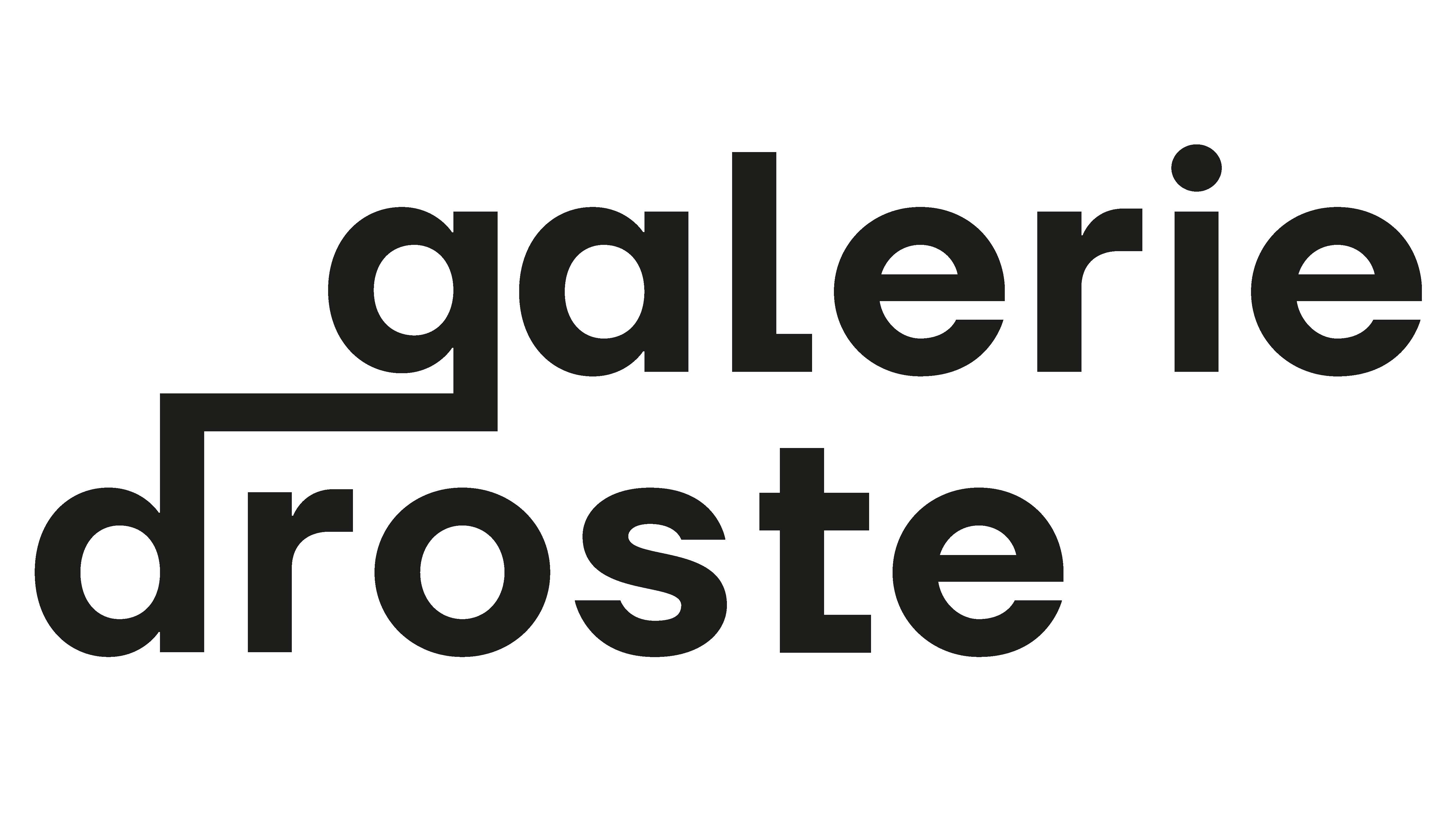AS PART OF THE DC OPEN
"When we see, we are not just looking – we are reading the language of images." (John Berger).
The act of seeing is not a passive encounter but an active interpretation, shaped by our experiences, beliefs, and histories. To see is to engage with the world, and our interpretations are profoundly influenced by the visual traditions we inherit. Art invites us to navigate these interpretations, prompting us to reconsider how and why we see the way we do.
In the tradition of European oil painting, the act of seeing was, for the longest time, closely tied to power and ownership. These paintings depicted the wealth, privilege, and ideals of their time—portraits of aristocrats, opulent interiors, and grand landscapes—affirming the social order and celebrating the power of their patrons. Portraits, landscapes, and still lifes were constructed to affirm a specific vision of the world – one of control, dominance, and clarity. The ownership of these paintings, and the subjects within them, epitomized the wealth and power of their patrons. Oil paints ability to capture intricate details, luxurious materials, and lifelike textures, became a tool for both the display of affluence and the reinforcement of social hierarchies. These images often concealed more than they revealed, subtly upholding the racial, gender, and class disparities that underpinned the world of their creation.
In the group show Reading the Language of Images the artists Jammie Holmes, Andrew Schoultz and Jake Troyli challenge these historical narratives by exploring themes of belonging, identity, and visibility from a different perspective. In their work, the canvas becomes a place to reimagine who gets to be seen and how. Moving beyond the narrow confines of the oil painting tradition, while keeping the richness and historical references of it.
Jammie Holmes’ works explore themes of Black identity and community, often drawing from his Southern upbringing. They emphasize the power of shared experiences within Black communities, elevating everyday moments to tell broader stories of belonging and resilience.
Meanwhile Andrew Schoultz's Flag series reimagines the American flag through bold, layered compositions that challenge traditional notions of national identity and power. Seen with his normally very complex and layered paintings in mind these works critique the tensions between unity and division, emphasizing the fragility of the ideals the flag represents, while calling attention to issues of social justice, political conflict, and environmental degradation.
Jake Troyli’s meticulous, often surreal figures play with ideas of race and performance, questioning how identity is shaped and perceived. His work challenges societal expectations and stereotypes, using humor and exaggerated figures to question how identity is constructed and perceived. Through his intricate and often fantastical compositions, Troyli examines the fluidity of identity, inviting viewers to confront the complexities of self-presentation in a world shaped by race and cultural assumptions.
Together, these artists reinterpret the language of images, creating new visual vocabularies that speak to the ongoing search for identity and belonging in a world that continues to grapple with its past and future. Their work invites viewers to see differently—to engage with a more expansive vision of what it means to be visible and to belong.
Jammie Holmes (*1984) lives and works in Dallas, Texas. His works are, among others, part of the Perez Museum of Art, Miami, FL, Brooklyn Museum, Brooklyn, NY and X Museum, Beijing, China.
Andrew Schoultz (*1975) lives and works in Los Angeles, California. He received his BFA in Illustration from the Academy of Arts University in San Francisco, CA. His works are represented in important collections such as the Los Angeles County Museum (LACMA), the Berkeley Art Museum or the San Francisco Museum of Modern Art, CA.
Jake Troyli (*1990) lives and works in Newark, New Jersey. He received his MFA from the University of South Florida, Tampa. His works are part of The Ringling Museum of Art, Sarasota, FL, he was awarded the residency of the Academie des Beaux-Arts and the Cité Internationale des Arts, Paris, FR in 2022.


